One Major Side Effect of Eating From a To-Go Container, According to Experts
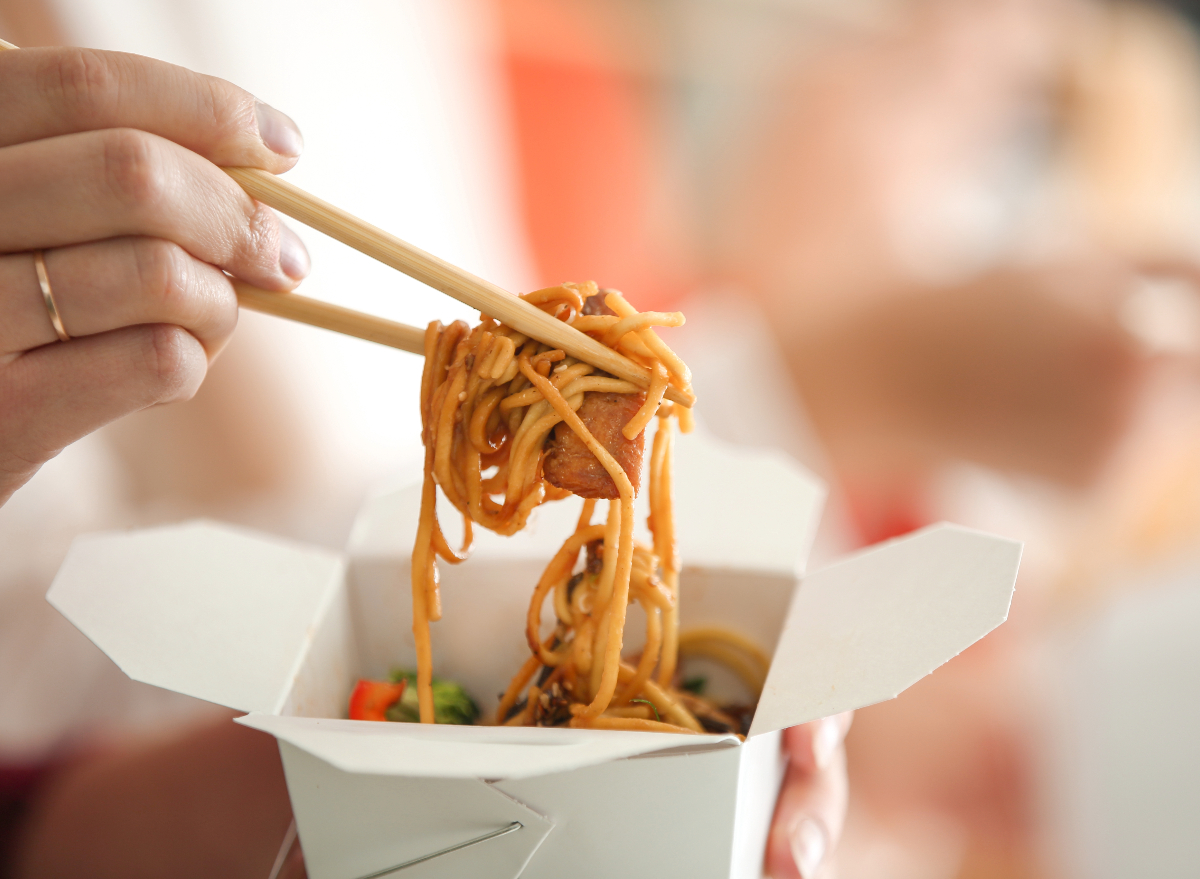
If you're like millions of people, you've been eating more takeout lately (hey—data suggests some takeout actually increases happiness), or heading to dine-in restaurants to get out of the house and support the food businesses around you. But, for the eco-conscious among us, there's as aspect of restaurant eating that induces an inner cringe: Those containers our food gets packed in? Yeah, they're horrible for the Earth. If that hasn't been enough reason to sway you toward a different approach, a food industry insider is discussing why plastic and styrofoam to-go containers also aren't great for you. On the upside, he offers a game-changing idea for how you can start to carry your meal home.
Keep reading to learn one major side effect of eating from a to-go container, and don't miss The #1 Best Supplement to Reduce Inflammation, Say Dietitians.
The CDC advises that you can get sick from leftovers.
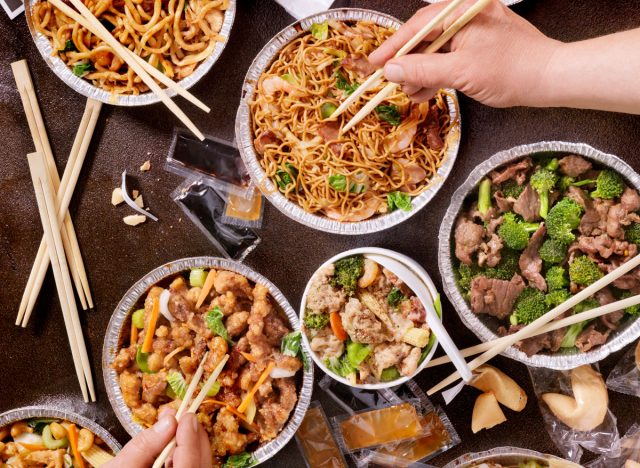
The Centers for Disease Control and Prevention (CDC) points to restaurant leftovers as one of the risks for food poisoning from eating out. They advise that refrigerating that food "within two hours of eating out" is essential to "protect yourself from food poisoning while eating out."
Styrofoam can slip.
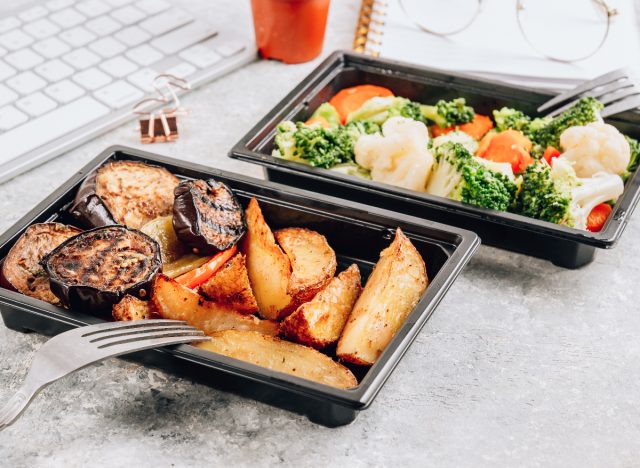
But, a lot can happen in that two-hour timeframe. At some point, we've all learned the hard way that the little tab on styrofoam containers isn't a seal-proof way to protect your food or the environment around it. Just as sauce can leak out, bacteria can get in.
Plastic also isn't ideal.
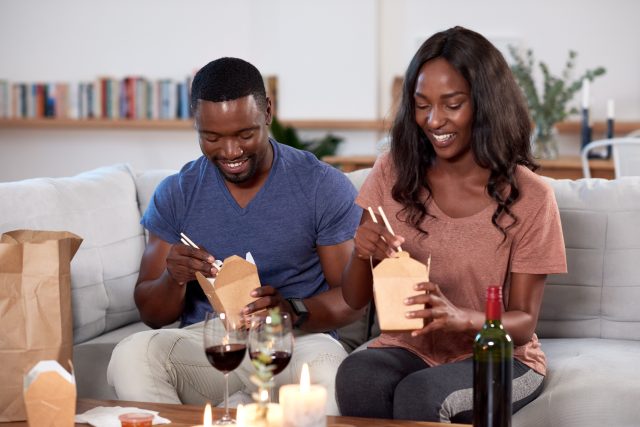
Harvard University's blog explains how "certain chemicals in plastic can leach out of the plastic and into the food and beverages we eat. Some of these chemicals have been linked to health problems such as metabolic disorders (including obesity) and reduced fertility." Another point to keep in mind? "This leaching can occur even faster and to a greater degree when plastic is exposed to heat." You've probably already heard this, but it's not wise to microwave your food in plastic containers.
The healthiest way to store your food…
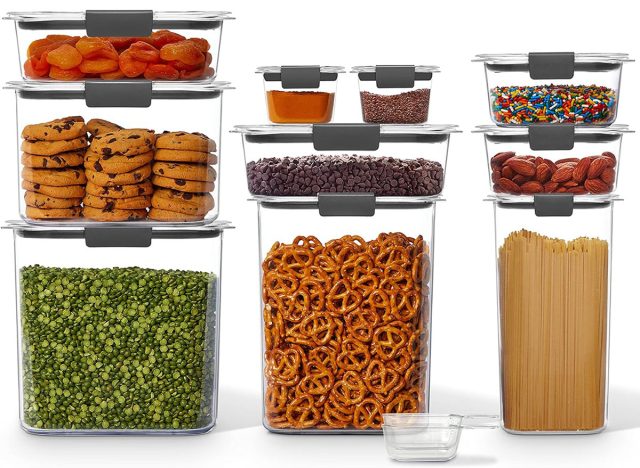
To explore the health-related cautions around takeout containers, we spoke with Thomas McQuillan, a thought leader in the food sustainability movement and Vice President of Sales at Baldor Specialty Foods. McQuillan has worked in food and safety for 20 years and has some useful insight for making takeout healthier. "We know that the best storage system for food is glass for being safe, clean, and reusable," McQuillan says. But how does that apply to your restaurant leftovers? Actually, it's so easy.
Bring your own glass container to the restaurant.
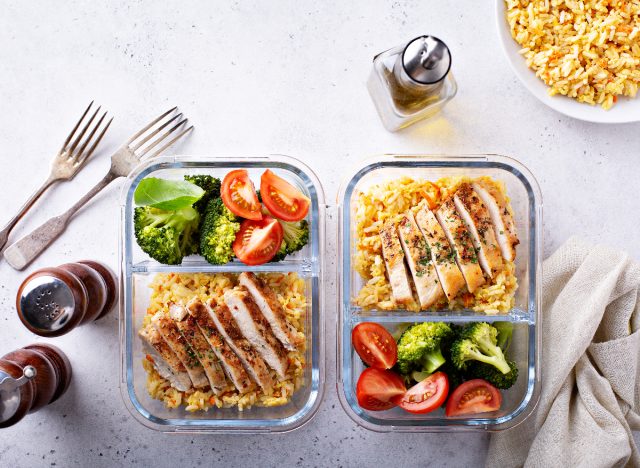
Ready for one of the smartest dining tips you've ever heard? McQuillan has it: Take a bag with your own glass container for leftovers to the restaurant with you. McQuillan says even given the realities of COVID-19, you can tell your server: "You don't need to touch my plate, I'm just going to put my food in my glass container."
McQuillan says at home, you can heat the food in the glass container, eat it from the same thing, then wash. This way, you've eliminated not only your food waste, but also the material waste you've created.
This can be done for delivery, too.
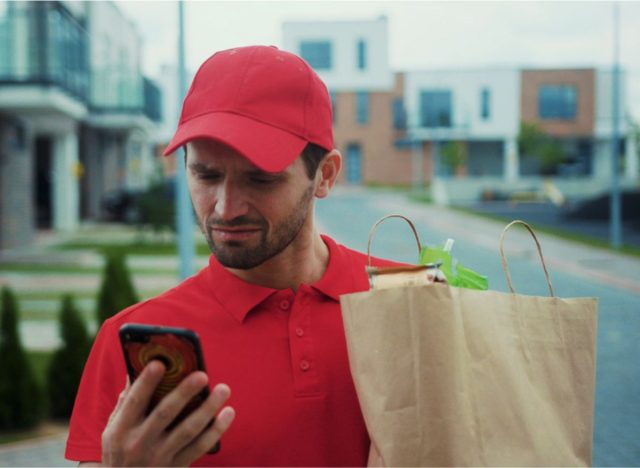
McQuillan also says that if more of us simply start asking the restaurants we support to send our takeout or delivery in a recyclable container, we stand a better chance of helping to influence this healthier shift.
Incorporating these small changes to your own behaviors can have such a significant impact, McQuillan suggests. "This can be done," he says. "It's no big deal."
For more inspiration on living healthier (and loving the planet), keep reading:
- One Major Side Effect of Reheating Leftovers, Experts Say
- One Major Side Effect of Drinking From a Can, New Study Says
- Worst Snacking Habits for Your Waistline, Say Experts
- One Major Effect Fermented Foods Have on Your Health, Says New Study
- These Popular Salad Greens Were Just Recalled Due to Salmonella Concerns








